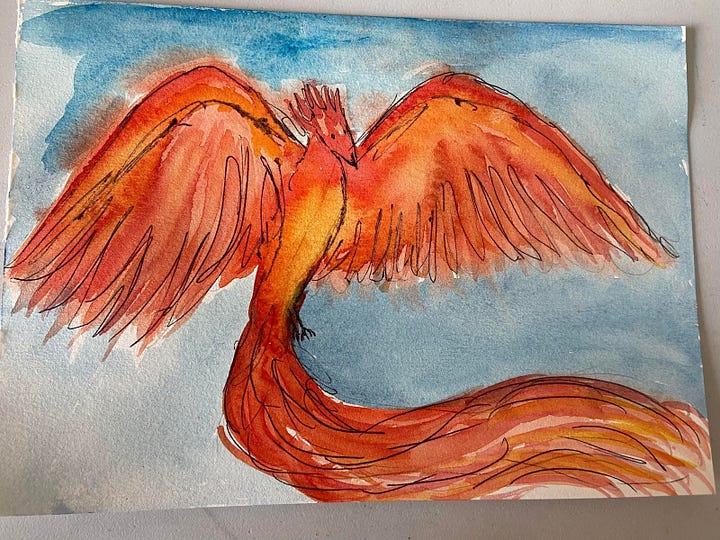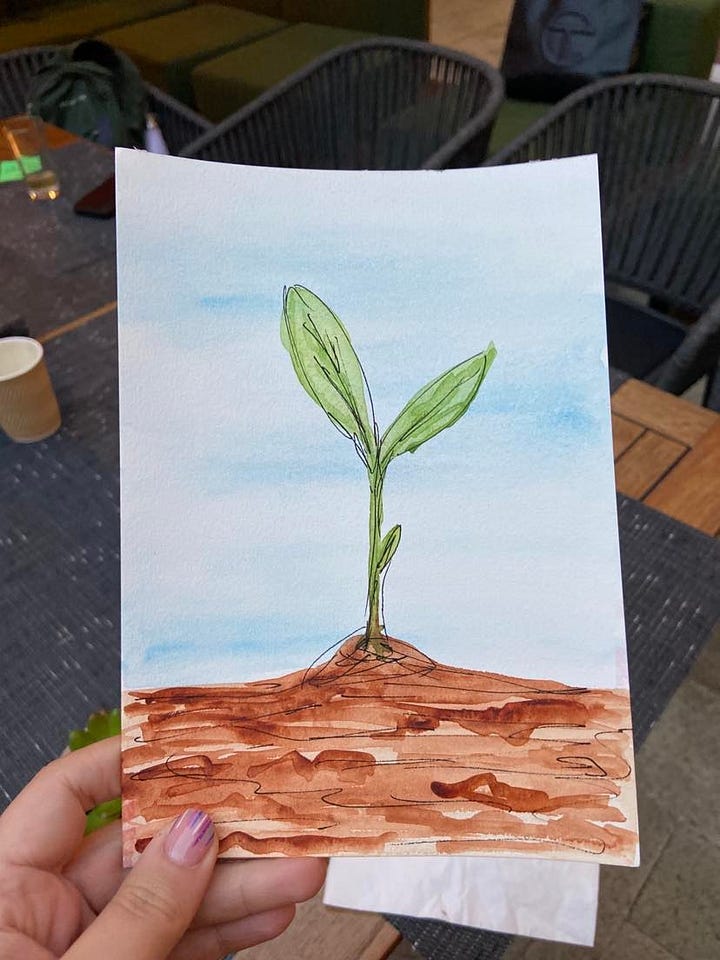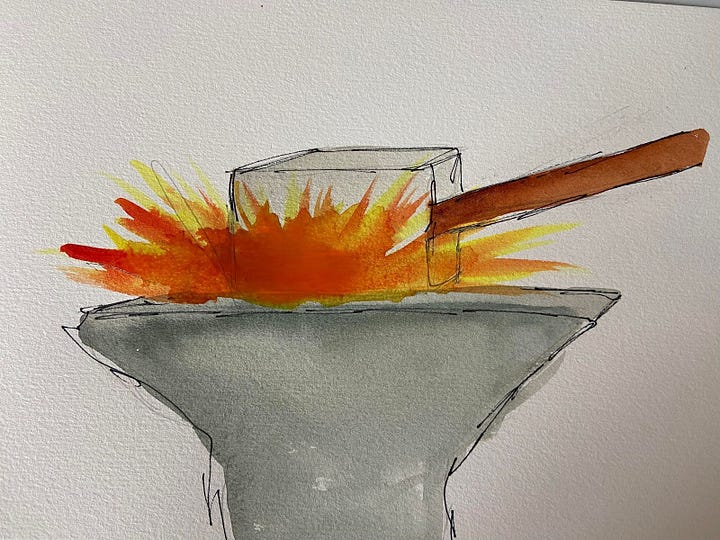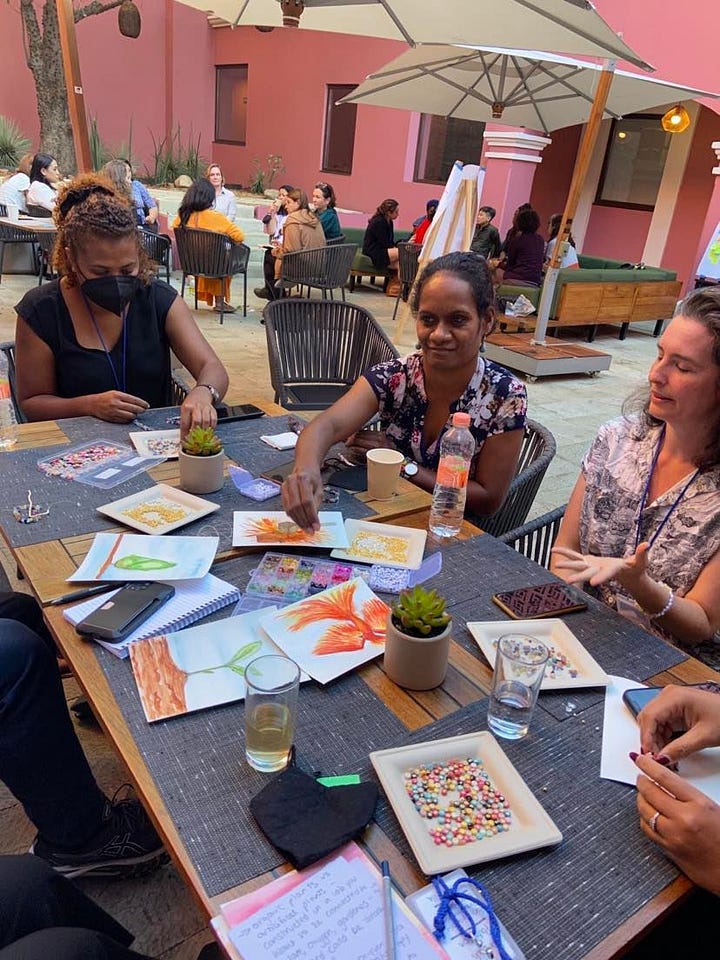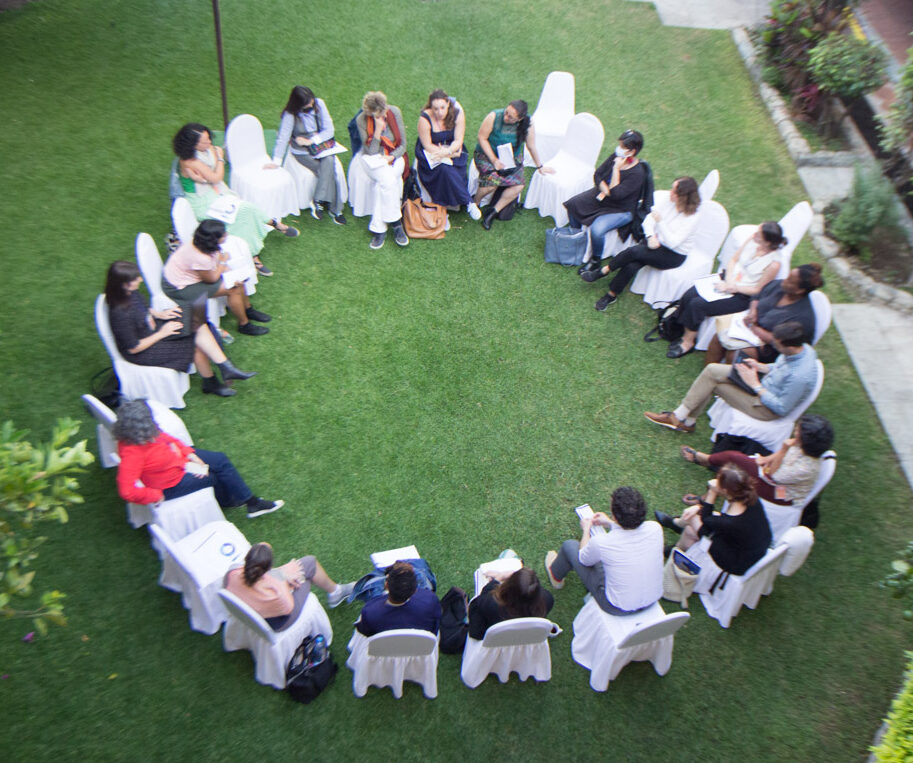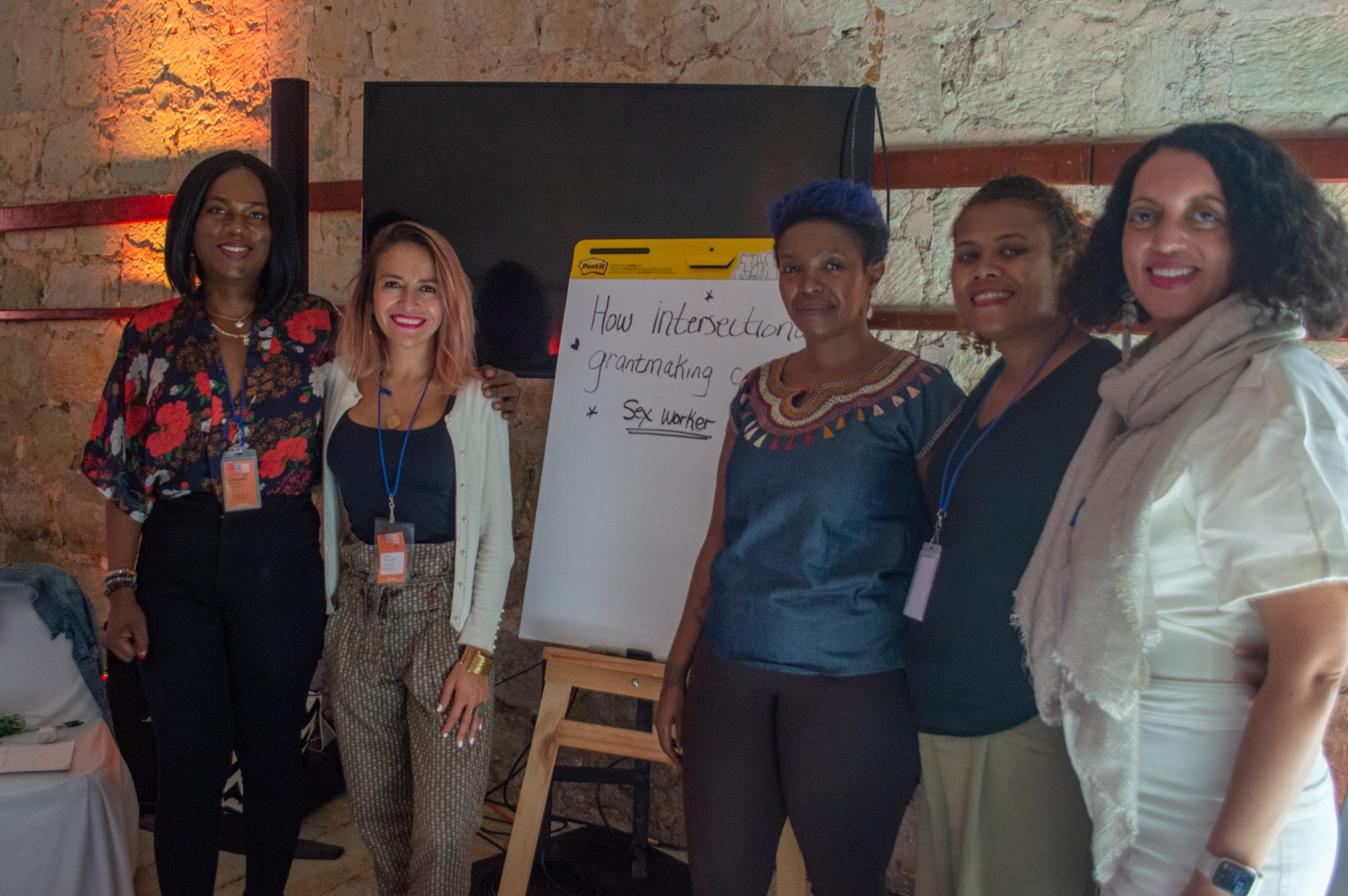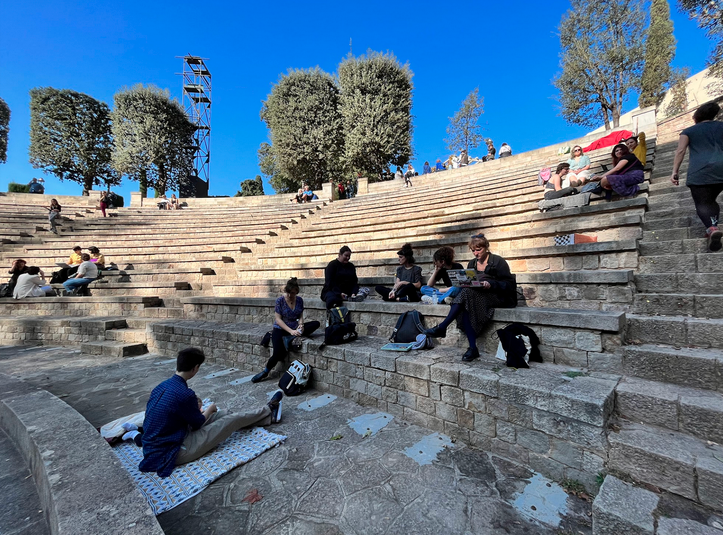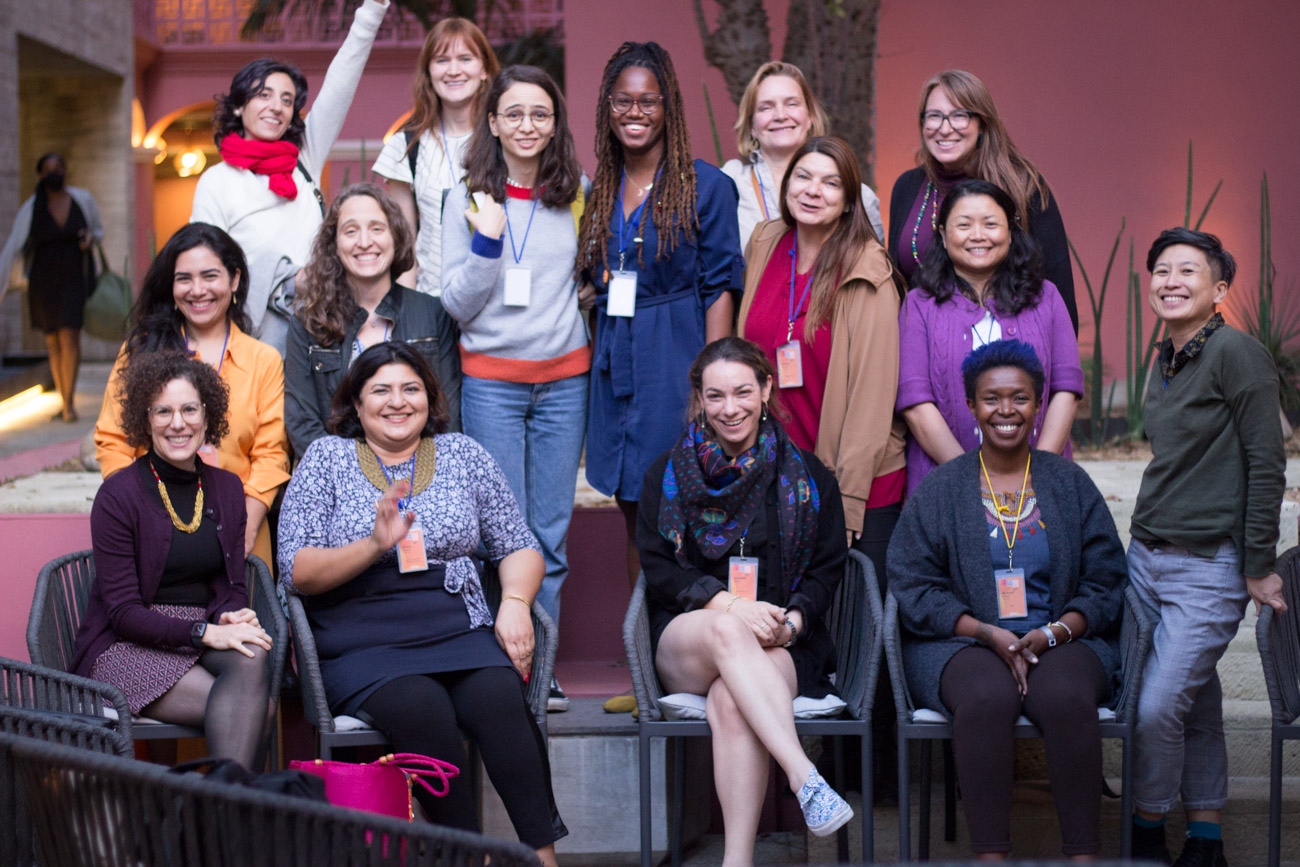Influencing Philanthropy: How Participatory Grantmaking Gained Momentum — and What’s Next
This article was originally published on Medium.
Authors: Hannah Paterson, Janet Camarena, Katy Love, Martin Modlinger, Kuini Rabo, Ciciley Moore, Andrea Ackerman, Sereima Kalouniviti.
In December, Human Rights Funders Network people gathered in Oaxaca, Mexico from across the globe to connect, reconnect, imagine a better future and explore ways that move money to achieve this.
Last time the HRFN met in person was in 2018 when a group of Participatory Grantmaking practitioners convened for a “Participatory Grantmaking Institute” to discuss how they could grow the practice. Since then it’s flourished. Over 1,300 funders are now involved in the Participatory Grantmaking Community. New funding programmes run in participatory ways are popping up faster than you can keep track of.
However such substantial growth comes with a lot of challenges. At the Participatory Grantmaking Community session we started to unpick some of the complexities, nuances and contradictions we find with a rapidly expanding space and talk about where it could go next.
We were asked by HRFN to make the sessions as creative and conversation-led as possible, which is just the kind of brief we like! So we brought along with us our trusty bracelet-making kits to help us break the ice and get thinking with different parts of our brains as we connected our hands with our thoughts.
Then we presented four different metaphors to help us think about how to make something new out of what has been. These were:
- A seed and fertilizer –- what needs to die to compost the new? What grows in its place?
- A chrysalis –- what transforms as a process grows? How can something look totally different from what it started as and how should this change manifest?
- An iron forgery –- what can be molded from one thing to another? What needs to be melted down to create something new and beautiful?
- A phoenix –what rises from the ashes and why? How might we get to the conditions that allow this to happen?
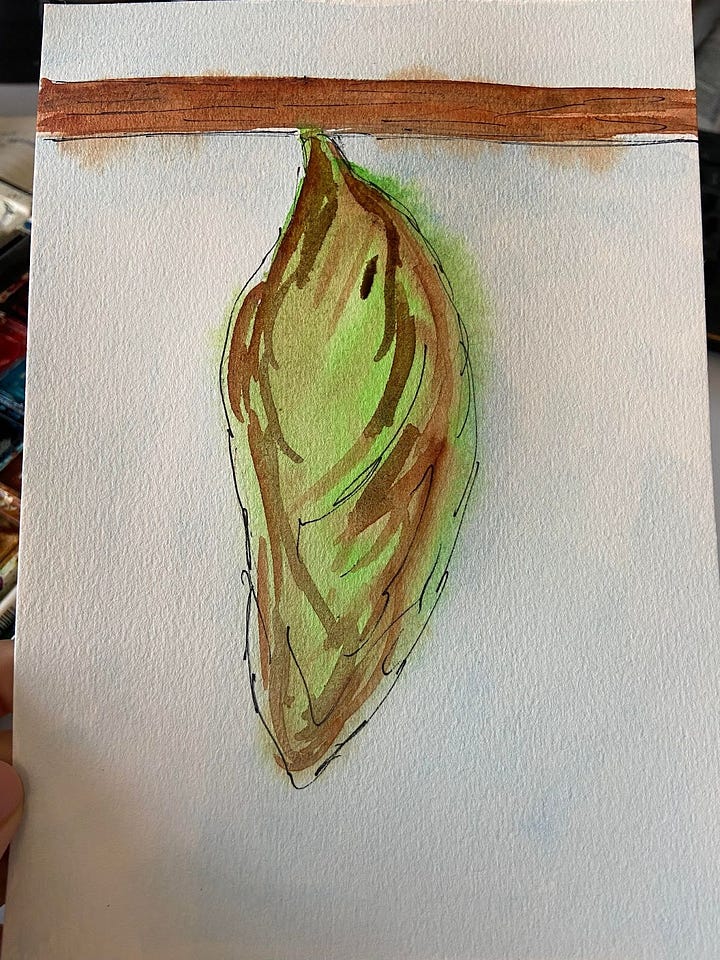
The Seed
What needs to die to compost the new? What grows in its place?
There were some valuable insights that emerged when we explored the organic nature of seeds growing from fertilizer — how we plant entire gardens or hundreds of seeds and not one lone seed. We put our faith in a range of approaches and see which ones flourish and grow.
How do we hold a plurality of different approaches to funding, participation and power-sharing? What seed, or approach, works best where? Is it participatory grantmaking or should we be looking at other approaches, like trust-based philanthropy, when the conditions aren’t there yet? We spoke about how we often sow many seeds — some will thrive and some will not grow, and we compared these to how some participatory programmes might not be right, or not working well — when should we stop tending these so that we can concentrate on the ways that do work? How do we recognise invasive species that might cause harm without realizing it or a weed disguised as a flower?
We progressed this conversation to talk about the ecosystems we work in and what conditions we need in the funding sector for participatory approaches to work or the seeds to grow — what, in this metaphor, becomes the light, the oxygen, the water, the soil, what is the predator or the worm churning the soil? In funding, how can we lift our heads up and see all the aspects impacting our own internal constraints from our environmental to political contexts we work in? How can we build the conditions for participatory grantmaking to grow well and what does this consist of — feminist principles, justice-based approaches, political drive?
The Chrysalis
What transforms as a process grows? How can something look totally different from what it started as and how should this change manifest?
For the chrysalis, we spoke about how we shed what we no longer need. With funding what do we understand that to mean? Is this about honing our practices, listening to communities when they tell us to get rid of the competition in seeking funds, the long application forms, the rigid approaches? Is this about shifting power or shifting funding approaches?
We also touched on the vulnerability of a chrysalis and how we can lean into this as we never know what might emerge — how we build in the strength of vulnerability into our own relationships, how we can be more trusting and how we can change our conversations around monitoring and evaluation to enable some truly beautiful and unexpected things to emerge.
The metaphor of the chrysalis also brought up conversations about how we learn from the young rather than building on the old. The concept that change is created by the young caterpillar evolving as opposed to something coming to the end of its life. We spoke about how youth-led change should be a core tenet of participatory grantmaking as we move forward and how we do this without the pressure that all the answers to the problems created by adults should be fixed by children. How do we cocoon and support young people to be safe while they grow the future?
The Iron Forgery
What can be molded from one thing to another? What needs to be melted down to create something new and beautiful?
The iron forgery felt different to the other metaphors because of its human creation. It felt less natural because in order to create something new from the old, you have to have an idea that you are working with rather than leaving the process to chance or natural growth. How can we imagine something completely new when there is no time and resources for that?
It was felt that this metaphor was about malleable tweaking rather than creating something new. We spoke about how you need a hammer to break something down and even then it just changes one thing to something else. Is this a reflection of shifting practices within funding — are we truly changing or just tweaking the dominant approaches? We spoke about how the regulation of philanthropy needs to be reforged to enable the ideas we have to grow and develop.
The Phoenix
What rises from the ashes and why? How might we get to the conditions that allow this to happen?
Interestingly there was less conversation around the phoenix metaphor — I wonder if this was because of its made-up nature: it looks nice but it doesn’t exist. It’s hard to grasp and feel; a shiny example with no substance behind it.
This in itself could be a metaphor for the way that funding often looks shiny on the outside but look a little closer and it crumbles into ashes.
It was so lovely to be given the space to explore participatory grantmaking at a different level, to think creatively, to unpick and delve into some deep questions rather than the basics. The Participatory Grantmaking Community is grateful to HRFN for the opportunity and for our small but mighty group who turned up for the conversation and helped to capture it in this blog. We look forward to continuing to dig into the complexities and limitations that the funding sector and the Participatory Grantmaking Community needs to continuously grapple with.
